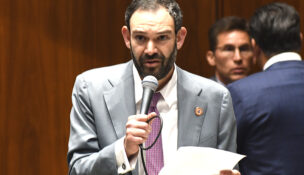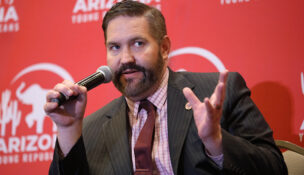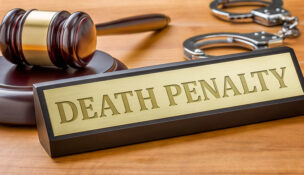Following the paper voting trail
Arizona Capitol Reports Staff//September 15, 2006//[read_meter]
Counting votes — fast Cathy Lucero of the Maricopa County Recorders Office removes memory packs from each precinct and downloads the vote count into a computer. Running totals scroll by...
No tags for this post.

















